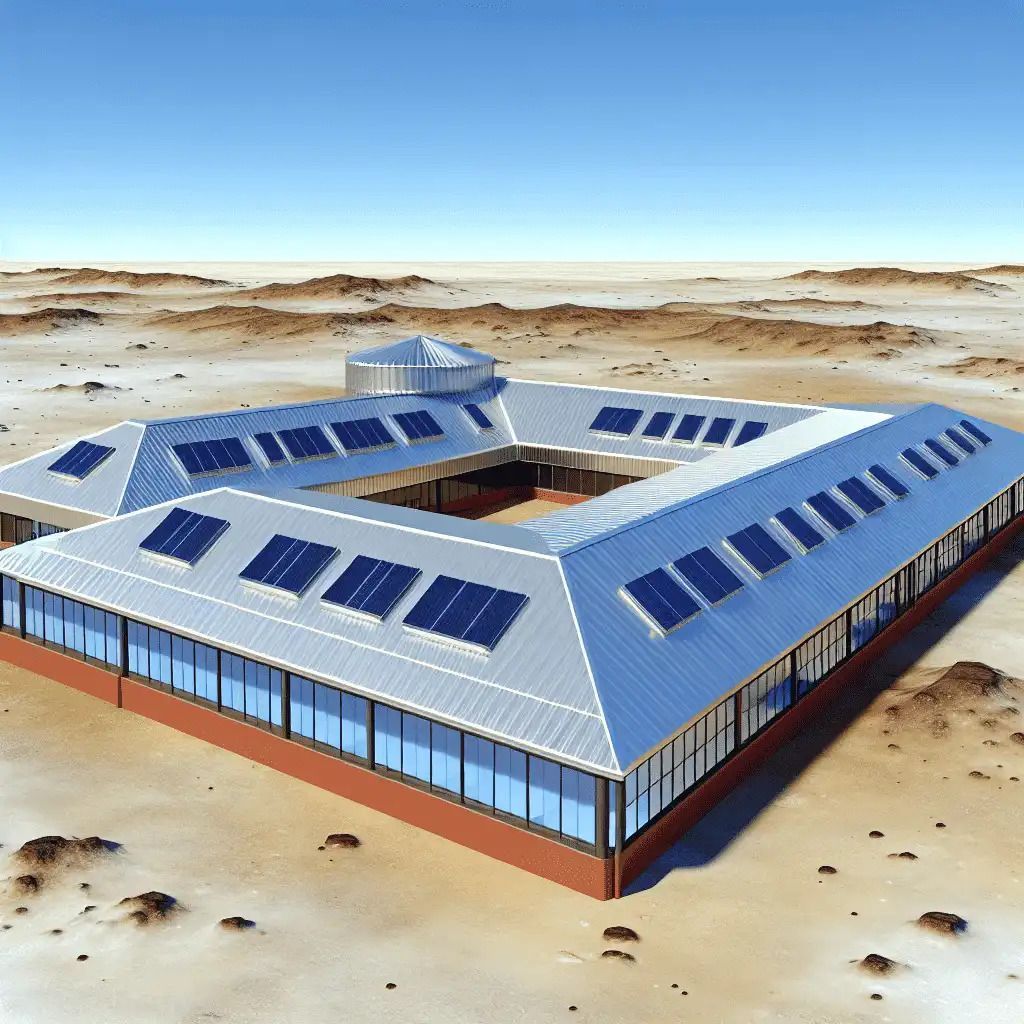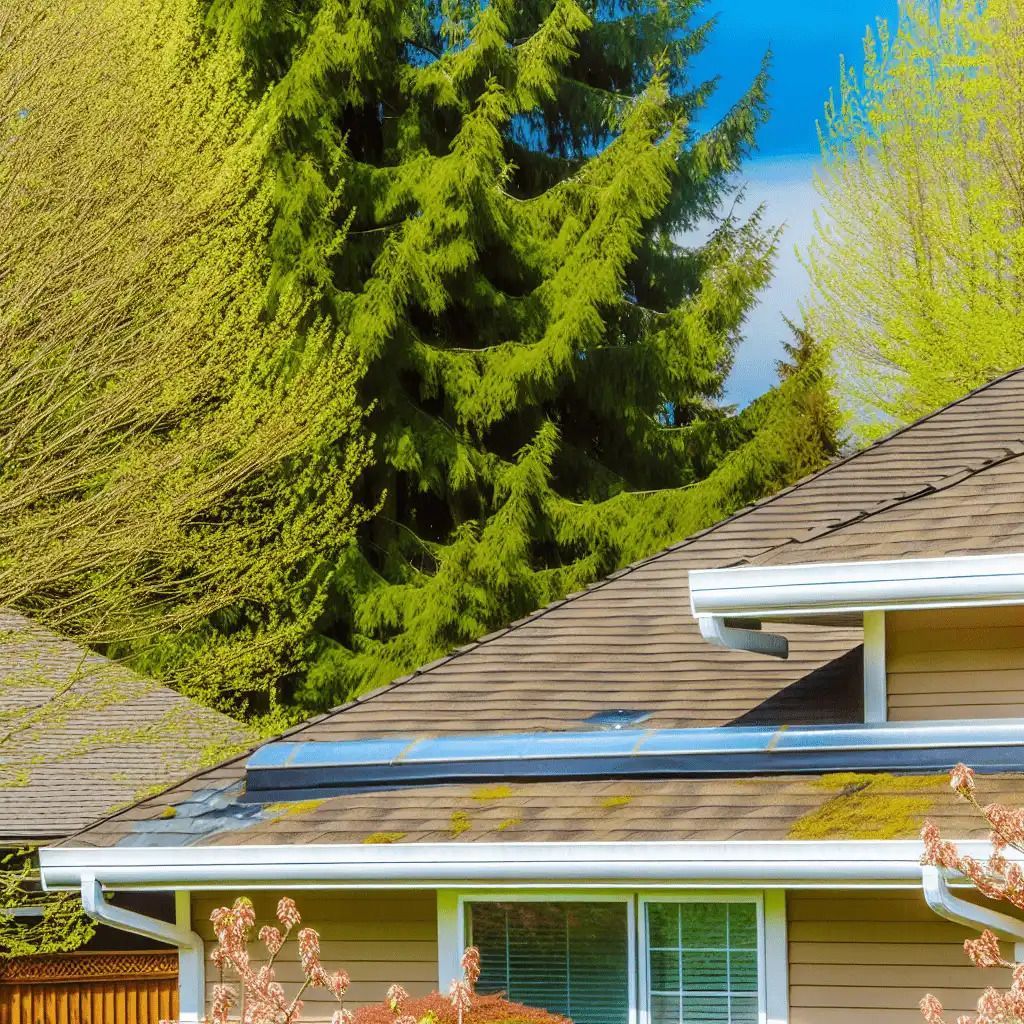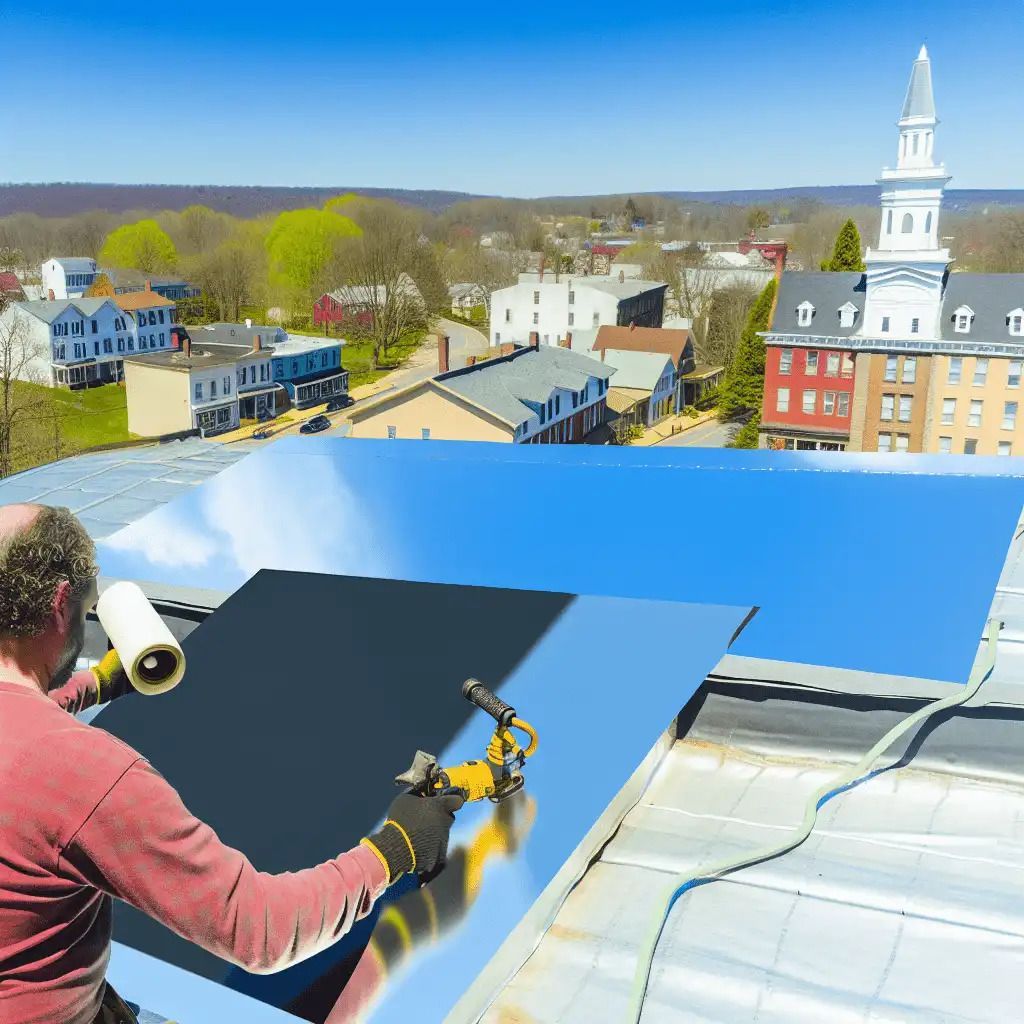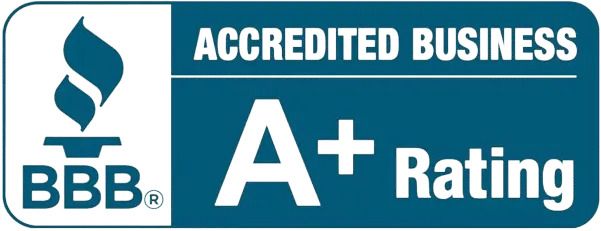TPO Roofing Vs PVC Roofing: Which Is The Ideal Choice For Your Commercial Property?
Making the Right Choice in Roofing Matters More Than Ever
The decision of selecting a roof for your commercial property goes beyond mere aesthetics; it’s a choice that can determine the integrity of your investment for decades to come. With spring ushering in its blend of weather patterns, it has never been more crucial for property owners to invest in roofing that stands the test of time and elements. The debate of tpo roofing vs pvc roofing is more than just industry jargon; it is a significant determiner of future overhead costs and sustainability. This choice impacts not only the day-to-day operations within your properties but also the long-term value they hold. Reflecting on this can save costs and energy, making an informed decision imperative.
Enter the world of TPO roofing, hailed for its commendable ability to reflect heat and promote energy efficiency. This quality is particularly vital during seasons when energy costs can skyrocket due to climatic demands. However, the merits of TPO extend beyond its energy conservation capabilities; it is lauded for being cost-effective with potential long-term savings. In contrast, property owners voice concerns about its resilience, often questioning its capacity to endure over the years. Addressing these worries is essential in building confidence toward TPO roofing as a viable option.
On the flip side, PVC roofing boasts a formidable defense against the harsh realities of chemical exposure and severe weather, making it a stalwart guardian for any commercial building. Its durability is paramount, especially in industrial settings where the roof can encounter more than just natural elements. Yet, one can’t help but wonder about the complexities of its installation, especially on existing structures. It’s not just about which roofing can weather more storms; it’s also about which can be seamlessly integrated into the existing fabric of the property. The debate is not without merit, as these considerations carry substantial weight in the operational continuity of businesses.
Comparative Analysis: TPO vs PVC Roofing
When conducting a side-by-side analysis, TPO roofing presents itself as an economical choice upfront. Its installation process, less complex than its PVC counterpart, often results in lower initial costs. Owners with a sharp eye on budgeting might find this appealing, knowing that they can deploy these savings towards other facets of property development. Yet, one must consider the longevity and repair expenses that could accricate over time; something experts do not take lightly. Ensuring a balance between initial outlay and future maintenance costs becomes a critical aspect of the decision-making process.
Comparatively, PVC roofing comes with an impressive track record, particularly in terms of sturdiness against punctures and tears — an investment in security against the unpredictable elements. It’s a material seasoned by time, providing reassurance of its abilities to stand firm. This durability factor often translates into fewer maintenance demands, an aspect that can significantly minimize accumulated costs over the lifespan of the roof. Questions around its installation, especially when other layers are present, can be addressed by CE Little Contracting, whose expertise ensures seamless integration with existing structures.
What elevates TPO and PVC above other materials is not just their competitive price points or resilience. It’s their ability to rise to the environmental challenges specific to Beaver, PA, a region where the vagaries of weather demand no less than top-tier protection. Both materials offer distinct benefits, but weighing those against the specific needs and context of each property is where true expertise lies. These nuanced considerations take into account a multitude of factors, including climate, building usage, and roof architecture. Ultimately, the decision rests on aligning these practical aspects with the proprietor’s vision for their commercial enterprise.
Final Considerations and Expert Recommendations
As we approach the resolution of the tpo roofing vs pvc roofing debate, it’s evident that both materials offer substantial benefits that cater to diverse commercial roofing needs. Reflecting on the arguments presented, one can appreciate that TPO’s energy efficiency makes it a frontrunner for those prioritizing sustainability and cost savings. PVC, meanwhile, remains the go-to for its undeniable chemical resistance and long-term durability. Balancing these attributes with your business’s specific requirements is key, something the seasoned professionals at CE Little Contracting can guide you through with their industry-leading expertise.
In Beaver, PA, where the transition of seasons can be as varied as the needs of business owners, choosing a roofing material is not just about immediate gratification. Longevity, reliability, and environmental impact play pivotal roles in this selection. With climate consciousness on the rise, TPO’s less invasive installation and recyclable nature may tip the scales for eco-minded proprietors. Conversely, PVC’s robust build and low-maintenance requirements offer peace of mind, particularly in industrial settings where unexpected downtimes are costly.
Ultimately, the investment in a commercial roof should be approached with a combination of informed foresight and careful consultation. It is not only about the protection from the elements but also about the protection of your financial future. Engaging with an expert team like the one you’ll find at CE Little Contracting is crucial—ensuring your roofing choice fulfills both present and future demands. Remember, the roof over your head is as significant as the foundation under your feet; it requires thoughtful consideration and professional execution. Let your commercial roofing be a testament to your business’s resilience and foresight.
Pro Insights: Choosing Your Commercial Roofing
Tip 1: Consider the climate in your area before deciding between TPO and PVC roofing. While TPO is excellent for reflecting UV rays and reducing cooling costs, PVC’s resistance to chemicals makes it ideal for buildings exposed to oils or industrial conditions.
Tip 2: Weigh the importance of environmental impact in your decision. TPO roofing is generally seen as a greener option due to its fewer plasticizer content and potential for recycling at the end of its life span, unlike PVC which contains chlorine.
Tip 3: Understand the installation process. TPO can be easier and quicker to install, which may lead to lower labor costs; however, PVC has been around longer and has a proven track record for its durable seam welding.
Tip 4: Analyze the long-term maintenance and repair costs. TPO may require more frequent maintenance due to its susceptibility to punctures, whereas PVC’s tough membrane offers robust resistance to punctures and tears.
Tip 5: Consult with a professional roofing contractor to evaluate your specific building needs. A professional will consider all factors — from the building’s use to the roof’s pitch — to advise on whether TPO or PVC is the most cost-effective and suitable material for your property.
Expert Answers to Top Roofing Queries
What is the life expectancy of TPO and PVC roofing systems?
TPO roofing generally has a life expectancy of 15 to 20 years, while PVC roofing can last up to 20 to 30 years with proper maintenance and installation.
Can TPO and PVC roofing be installed over existing roof layers?
Yes, both TPO and PVC can be installed over existing roofs, but an inspection is necessary to ensure the current roof’s condition is suitable for an overlay.
How do TPO and PVC roofs withstand extreme weather conditions?
TPO roofs are excellent in heat reflection, reducing damage from UV rays, while PVC roofs are highly durable and resistant to both chemical and water damage, making them suitable for a variety of weather conditions.
What are the cost differences between TPO and PVC roofing installation?
TPO roofing installations are generally more cost-effective due to simpler installation and material costs, whereas PVC installations are higher in cost but may offer better longevity and lower maintenance.
How does roof slope affect the choice between TPO and PVC roofing?
Both TPO and PVC can be used on different slopes; however, the choice may depend on drainage considerations, with PVC often being preferred for flat or low-slope roofs due to its superior water-resistance.
Visit us through our social media page for up to date news and new projects we’re working on.






